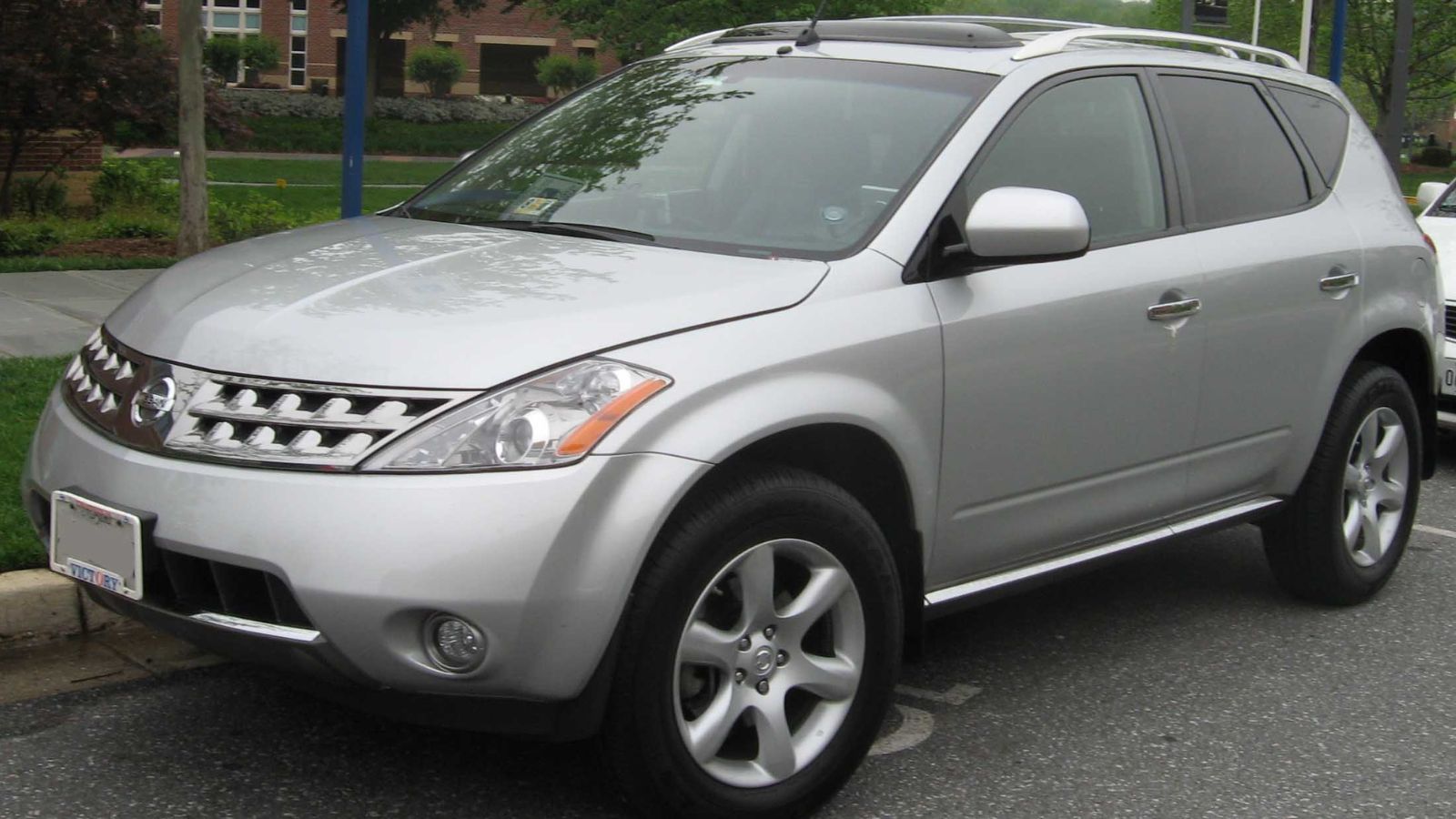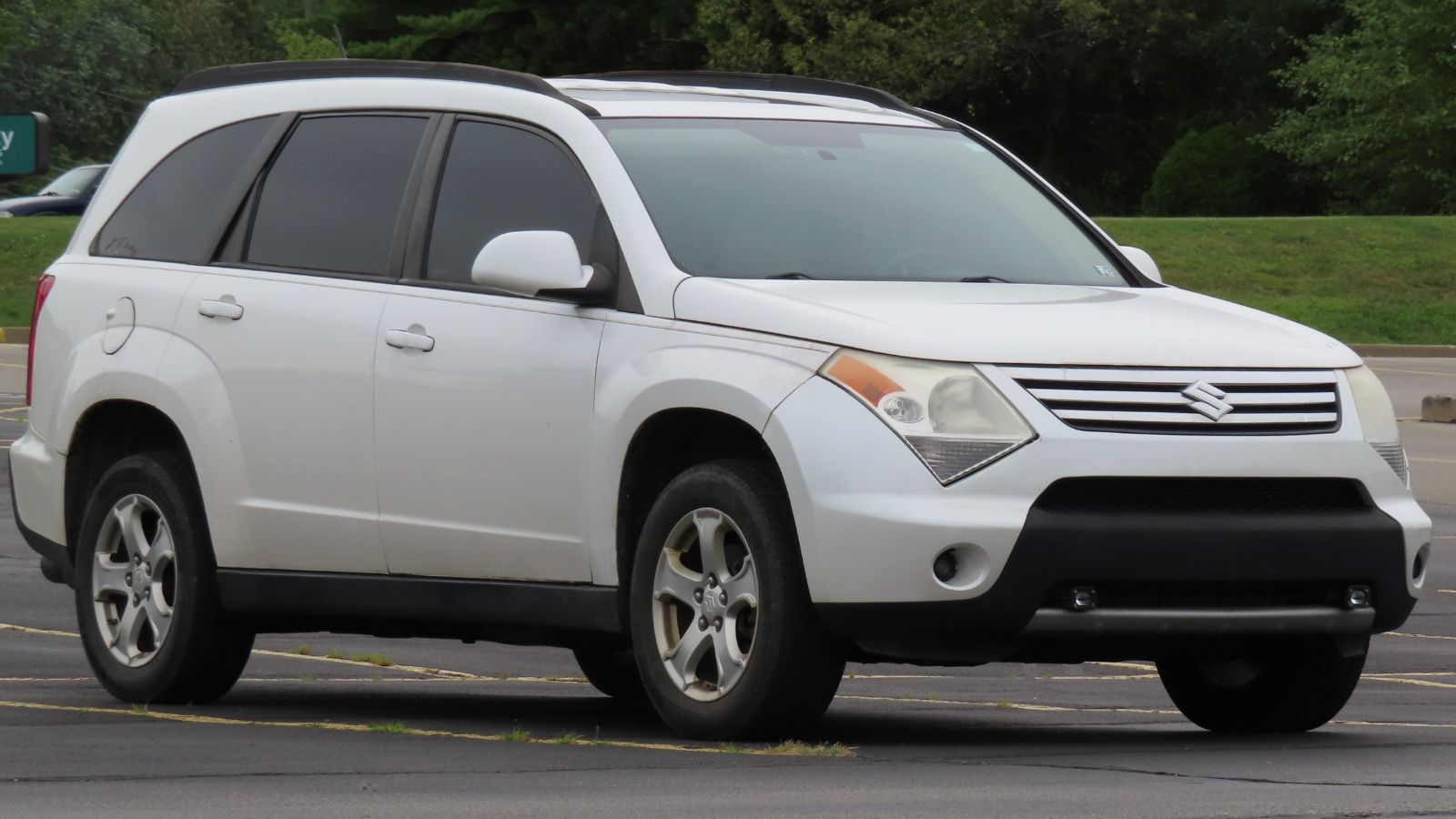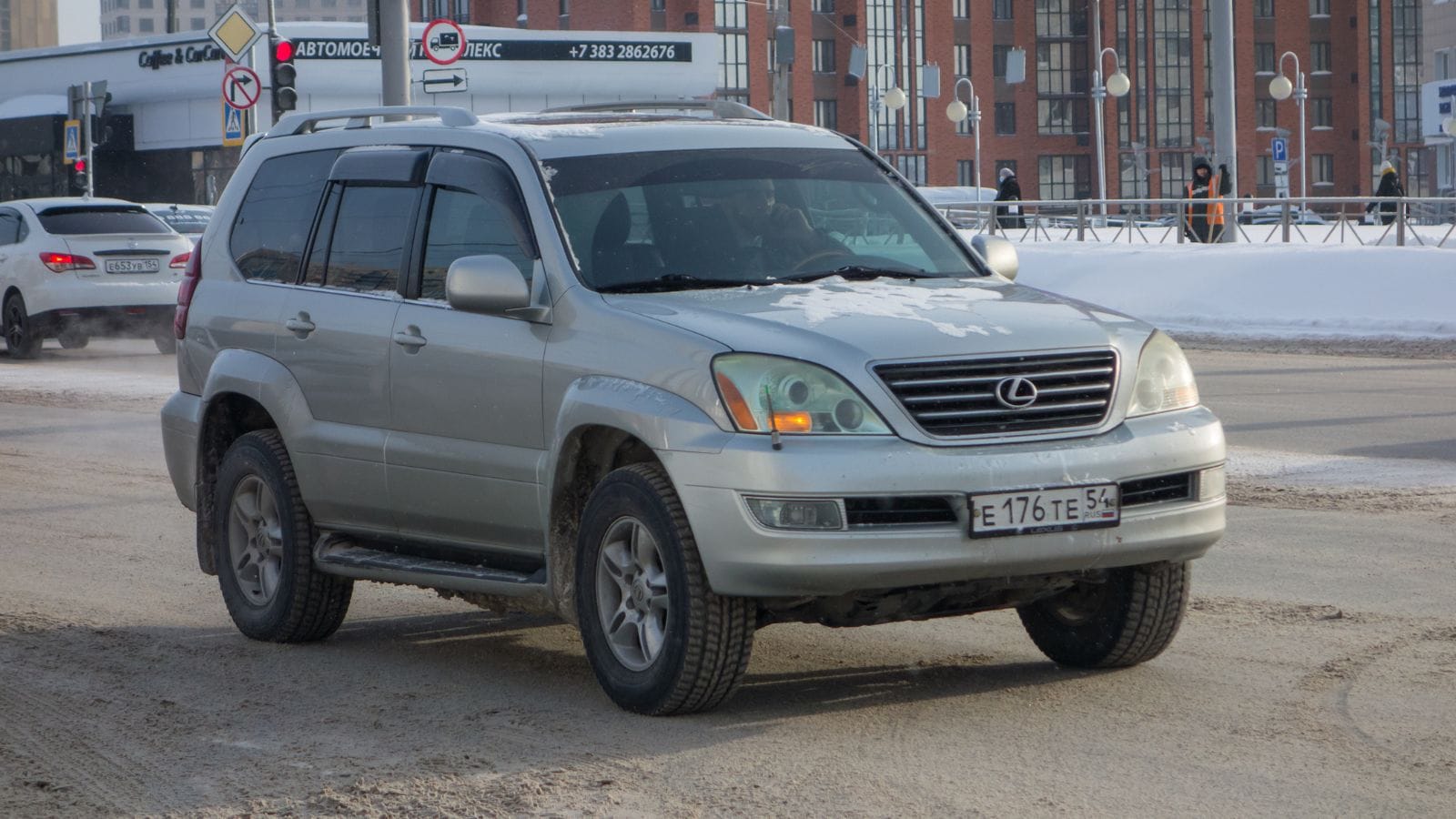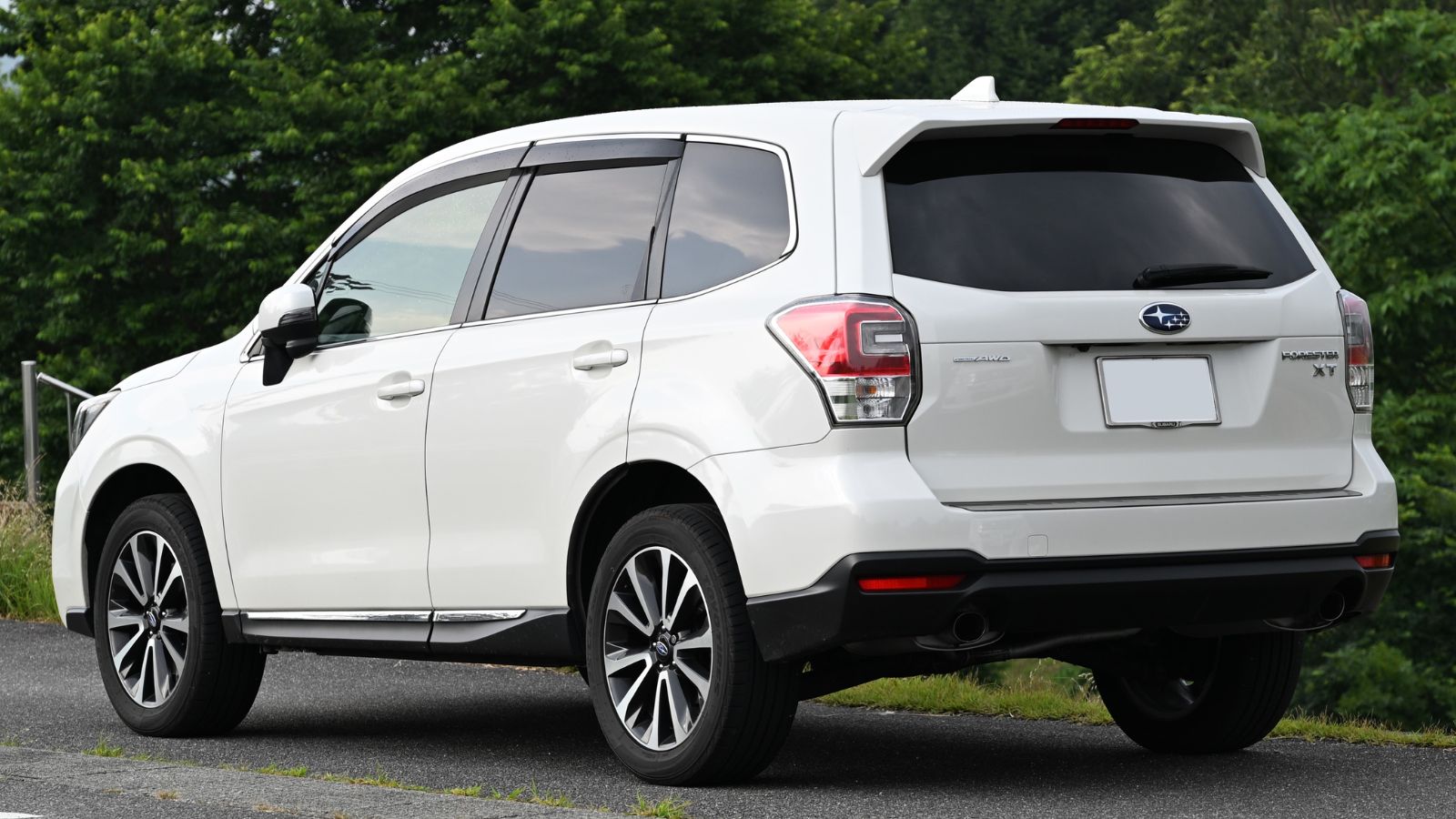Japanese automakers have built their reputations on reliability, but not every model lives up to the legend. Even the best brands occasionally produce a car that spends more time at the repair shop than in the driveway. From temperamental engines to transmissions that tap out early, these are the Japanese models that have a knack for draining wallets and testing patience.
Nissan Murano (2003–2007)

When it debuted, the first-generation Murano looked futuristic and drove smoothly, thanks to its 3.5-liter V6. Unfortunately, its continuously variable transmission (CVT) was a ticking time bomb. Many units failed before 90,000 miles, with replacement costs ranging from $3,500 to $5,000. Transfer case leaks and worn front suspension bushings were also common. Owners who skipped transmission fluid changes often found themselves stranded with no drive at all.
Subaru WRX (2015–2018)

The WRX’s rally-bred spirit came with baggage. Its FA20 turbo engine is direct-injected, which leads to heavy carbon buildup on intake valves—sometimes before 50,000 miles. Misfires, blown turbos, and premature clutch wear were frequent complaints, especially on hard-driven examples. Owners on Subaru forums often joke that “you don’t own a WRX, you date one,” because it’s fun but expensive to keep happy.
Mazda CX-7 (2007–2012)

Mazda’s attempt at a sporty midsize SUV used the same turbocharged 2.3-liter as the Mazdaspeed3, which was fun when healthy but prone to disaster when neglected. Turbo failures could cost $2,000, timing chain stretch added another $1,500, and the engine’s appetite for oil sometimes meant total engine replacement. Poor ventilation in the turbo’s oil return line was a big culprit, and Mazda quietly redesigned it late in production.
Honda Odyssey (2011–2017)

The Odyssey’s reputation took a hit when its 3.5-liter V6 paired with cylinder deactivation (VCM) started causing oil consumption, spark plug fouling, and piston ring wear. Many owners also reported hard shifts or complete automatic transmission failures. A replacement transmission could set you back $4,000, which is a painful bill for a family hauler.
Toyota Matrix (2009–2013)

Sharing its platform with the Corolla should have meant bulletproof reliability, but the Matrix suffered from premature water pump failures, ignition coil breakdowns, and oil consumption issues on certain engines. The 1.8-liter models were generally better, but the 2.4-liter version could burn a quart of oil every 1,000 miles, something Toyota was slow to address.
Mitsubishi Outlander (2008–2014)

On paper, the Outlander seemed like a smart budget SUV. In practice, the CVT often overheated and failed early, and parts like alternators and window regulators wore out faster than expected. Many owners reported premature rust, especially in northern climates. Outlander forums are filled with tips for CVT cooling upgrades, but many drivers simply dumped the vehicle before major repairs hit.
Nissan Altima (2013–2016)

This generation Altima became infamous for its CVT woes. Transmission judder, slipping, and outright failure were common, sometimes before 70,000 miles. Add in steering lock module failures and A/C compressor breakdowns, and you had a midsize sedan that could cost thousands to keep on the road. The CVT’s replacement cost alone was often more than the car’s resale value after a few years.
Suzuki XL7 (2007–2009)

The XL7’s short run in North America was plagued by timing chain tensioner failures, cooling system leaks, and electronic glitches. Since Suzuki exited the U.S. and Canadian markets, sourcing parts has become a headache. Even a simple alternator replacement could mean long waits or expensive overseas shipping. Many owners cut their losses and sold early rather than deal with constant downtime.
Lexus GX 470 (2003–2009)

A Lexus on this list might surprise you, but the GX 470’s air suspension was a weak link. Failed air springs and compressors could cost $2,000 to fix, and many owners converted to coil springs just to avoid future headaches. Rust issues cropped up in rust belt states, and dashboard cracking was so widespread that Lexus eventually extended warranties for affected vehicles.
Subaru Forester XT (2014–2018)

The turbocharged Forester XT was quick, but the combination of turbocharger stress, CVT issues, and oil consumption meant higher-than-average upkeep. Many owners faced $1,500 turbo replacements, CVT cooler installs to prevent overheating, and frequent top-offs of oil. Those who maintained them religiously often had no issues, but neglected examples became money pits.
25 Facts About Car Loans That Most Drivers Don’t Realize

Car loans are one of the most common ways people fund car purchases. Like any other kind of loan, car loans can have certain features that can be regarded as an advantage or a disadvantage to the borrower. Understanding all essential facts about car loans and how they work to ensure that you get the best deal for your financial situation is essential. Here are 25 shocking facts about car loans that most drivers don’t realize:
25 Facts About Car Loans That Most Drivers Don’t Realize
